Odia Book Baidehisha Bilasha of Kabisamrat Upendra Bhanja From OdishaShop
₹385.00
Out of stock
Email when stock available
Description
Order Now Odia Book Baidehisha Bilasha of Kabisamrat Upendra Bhanja From OdishaShop.
Baidehisha Bilasha (Odia) is the largest and best of the eighteenth century poet Upendra Bhanja’s four Rama-Kavyas, Baidehisha Bilas, Rama Lilamrita, Solapoi and Abana Rasa Taranga. Conforming to the Sanskrit Kavya tradition dealing with the Rama story, the poet deals with the subject matter of all the Kandas except the Uttarakanda. Towards the end of his kavya, he justifies the exclusion of Uttarkanda on the ground that the sentiment (Rasa) therein, has been distorted (Bibhanga).
The poet, like other poets of the Riti school laid stress on syllable-principle, i.e. to keep one syllable like ‘ka’ or ‘ba’ in the beginning of every line. Accordingly, the poet accepting ‘ba’ syllable calls this work Baidehisha Bilas and divides his work into ‘Baan’ (fifty two) chhandas, and ends every chhanda in such a number that it bears the syllable ‘ba’ such as ‘bais'(Twenty two) ‘batisi’ (Thirtytwo) etc.
Upendra Bhanja was very fond of using different types of metres, and alankaras in his kavyas. The use of Chitra Kavya principle or Bandhas was another characteristic of his kavya. He has composed a separate kavya for it, called Chitra kavya Bandhodaya. In Baidehisha Bilasa he has used some of the Bandhas. They are Briksha, Bandha (Tree), Gada Bandha (Mace), Sara Bandha (Arrows), Ratha Bandha (Chariot), Naga Bandha (Serpents), and Chakra Bandha (Wheel). In this Bandha form of poetry, the poet arranges the letters of alphabet in a specific pictorical manner like a tree, or a mace, or an arrow, or a chariot or a serpent, or a wheel etc.
but taking care that each arrangement forms into a poem and gives a meaning. Sanskrit Kavya tradition dealing with the Rama story, the poet deals with the subject matter of all the Kandas except the Uttarakanda. Towards the end of his kavya, he justifies the exclusion of Uttarkanda on the ground that the sentiment (Rasa) therein, has been distorted (Bibhanga).
The poet, like other poets of the Riti school laid stress on syllable-principle, i.e. to keep one syllable like ‘ka’ or ‘ba’ in the beginning of every line. Accordingly, the poet accepting ‘ba’ syllable calls this work Baidehisha Bilas and divides his work into ‘Baan’ (fifty two) chhandas, and ends every chhanda in such a number that it bears the syllable ‘ba’ such as ‘bais'(Twenty two) ‘batisi’ (Thirtytwo) etc. Upendra Bhanja was very fond of using different types of metres, and alankaras in his kavyas. The use of Chitra Kavya principle or Bandhas was another characteristic of his kavya. He has composed a separate kavya for it, called Chitra kavya Bandhodaya.
In Baidehisha Bilasa he has used some of the Bandhas. They are Briksha, Bandha (Tree), Gada Bandha (Mace), Sara Bandha (Arrows), Ratha Bandha (Chariot), Naga Bandha (Serpents), and Chakra Bandha (Wheel). In this Bandha form of poetry, the poet arranges the letters of alphabet in a specific pictorical manner like a tree, or a mace, or an arrow, or a chariot or a serpent, or a wheel etc. but taking care that each arrangement forms into a poem and gives a meaning.
Baidehisa Bilasa is among the most popular Kavyas of medieval Odia literature. Despite its profuse use of words not current in the language, the varieties of difficult poetical rhetoric, and treatment of erotic scenes, its popularity continues undiminished, particularly among the rural people, primarily because of the musical quality of its chhandas and its use of puns.
Additional information
| Weight | 0.908 kg |
|---|

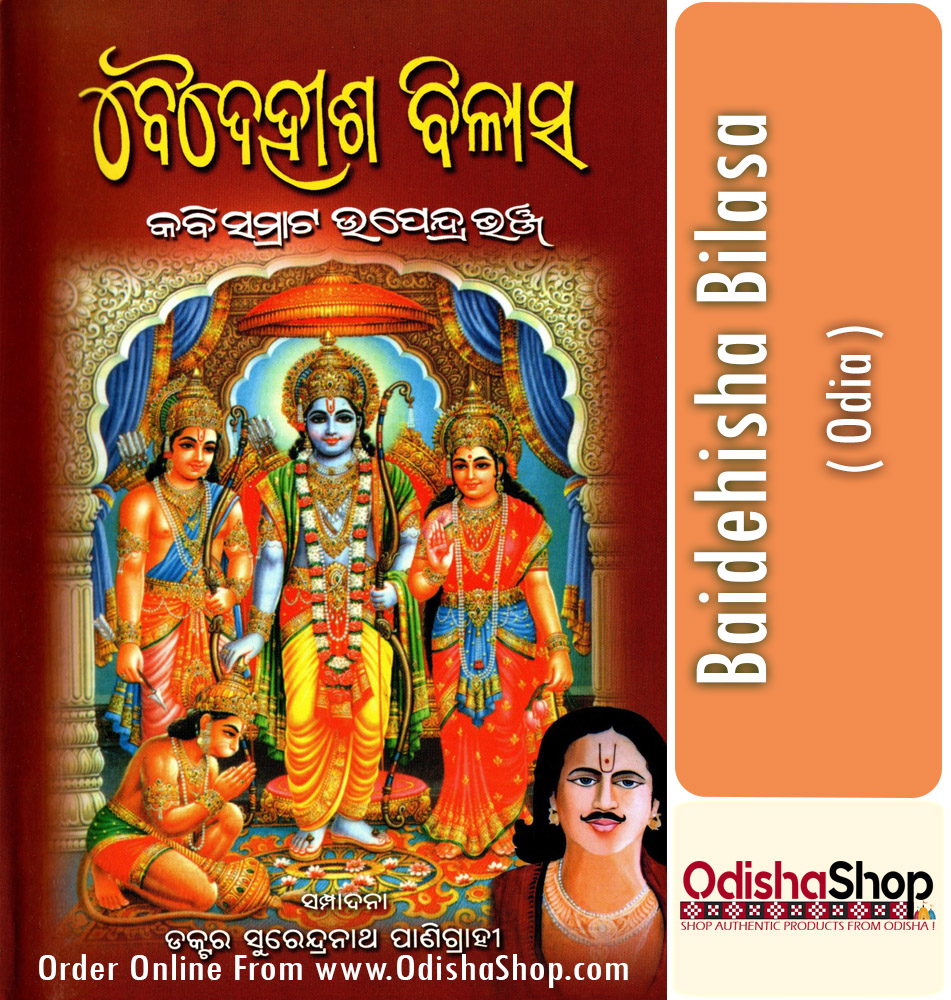
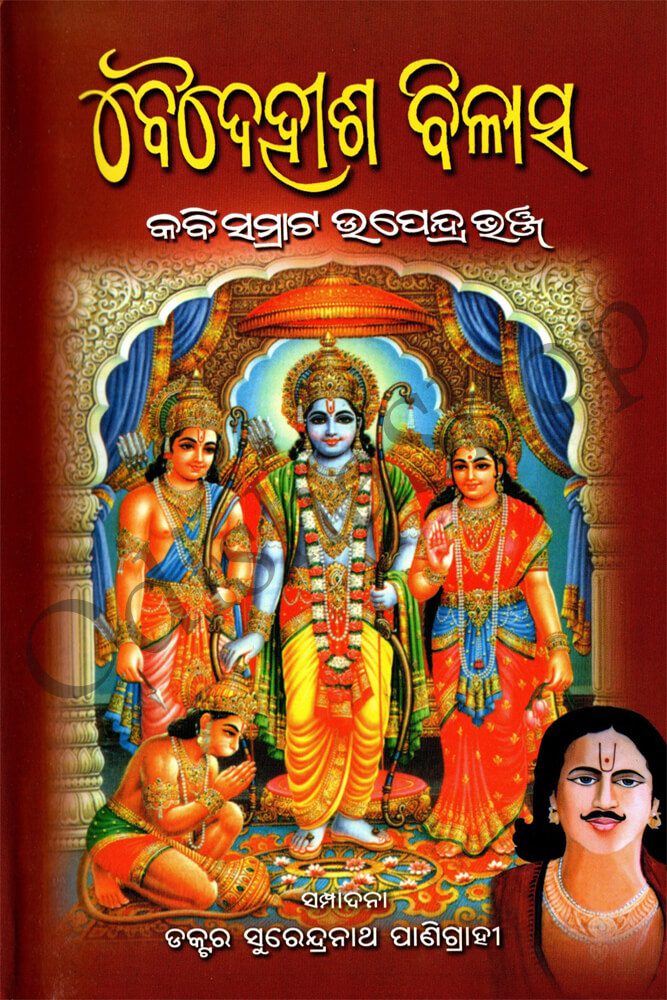
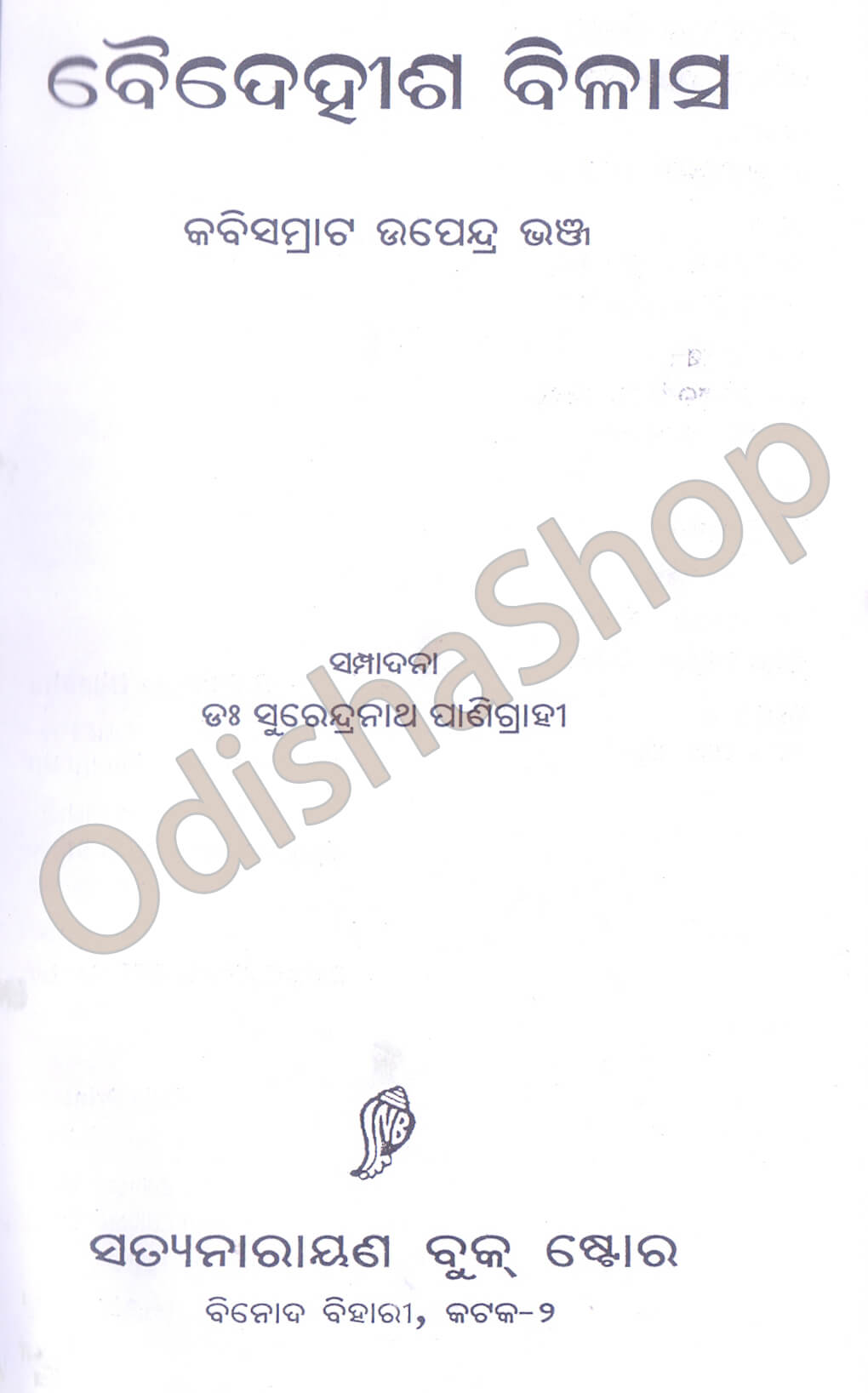
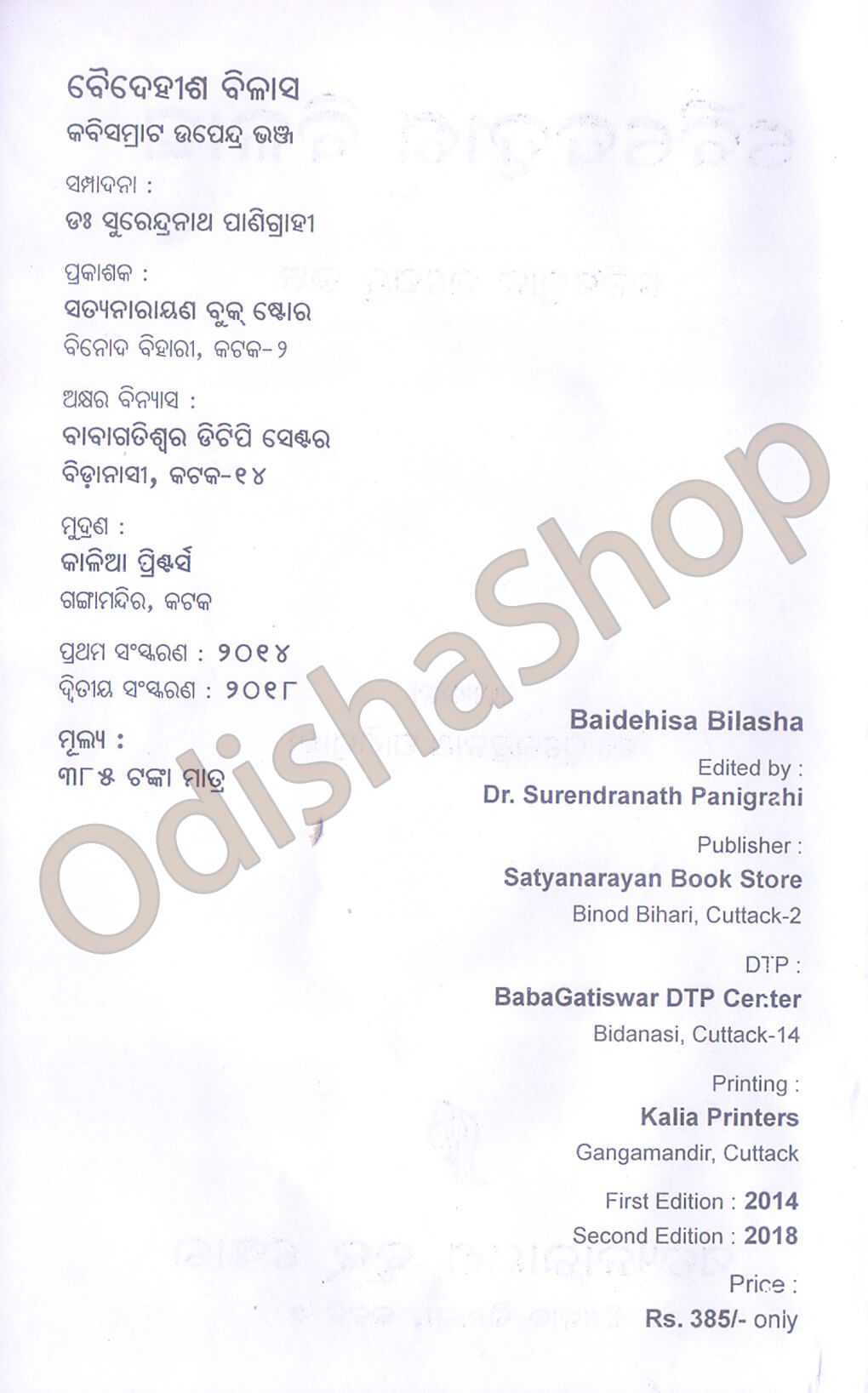


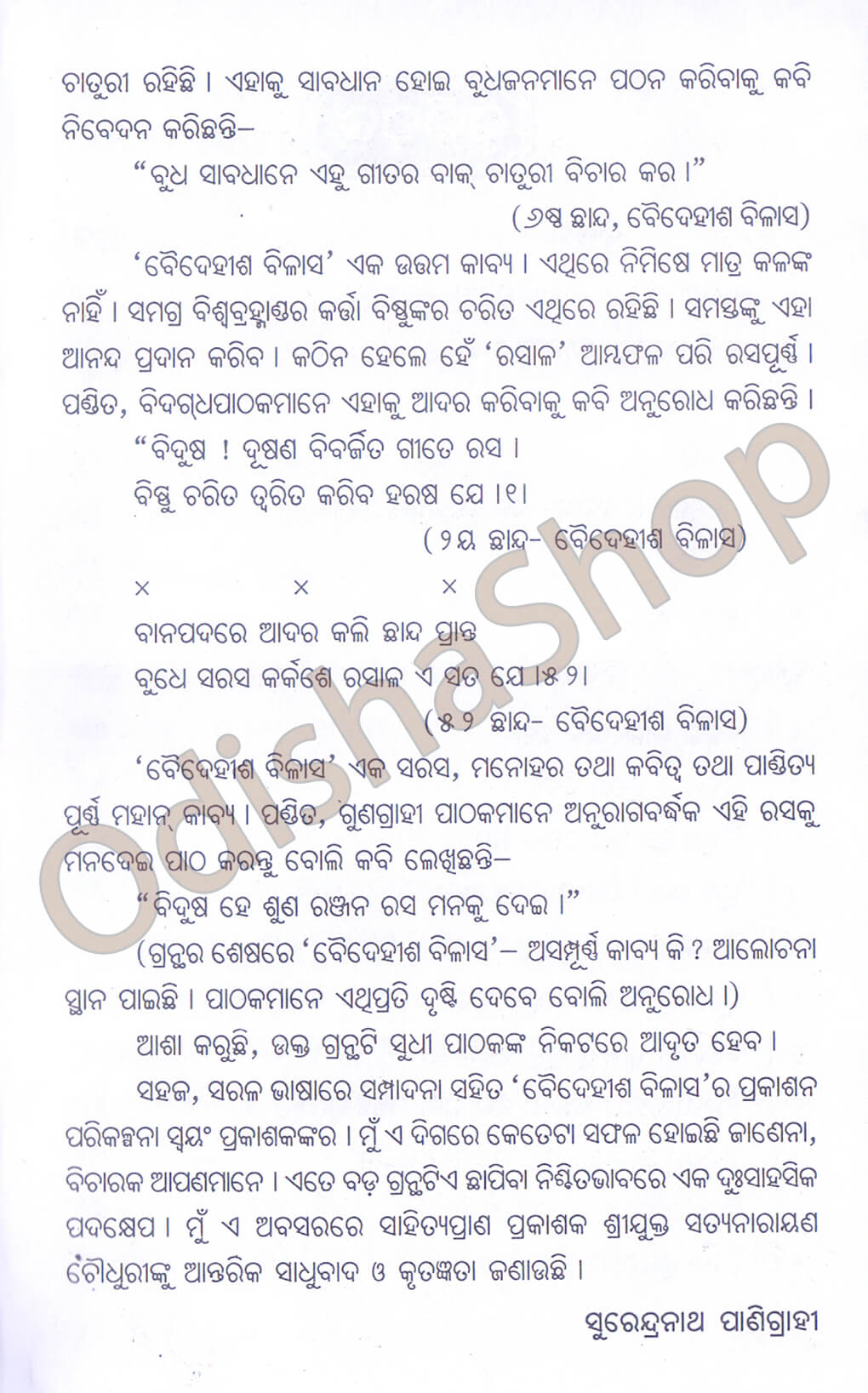
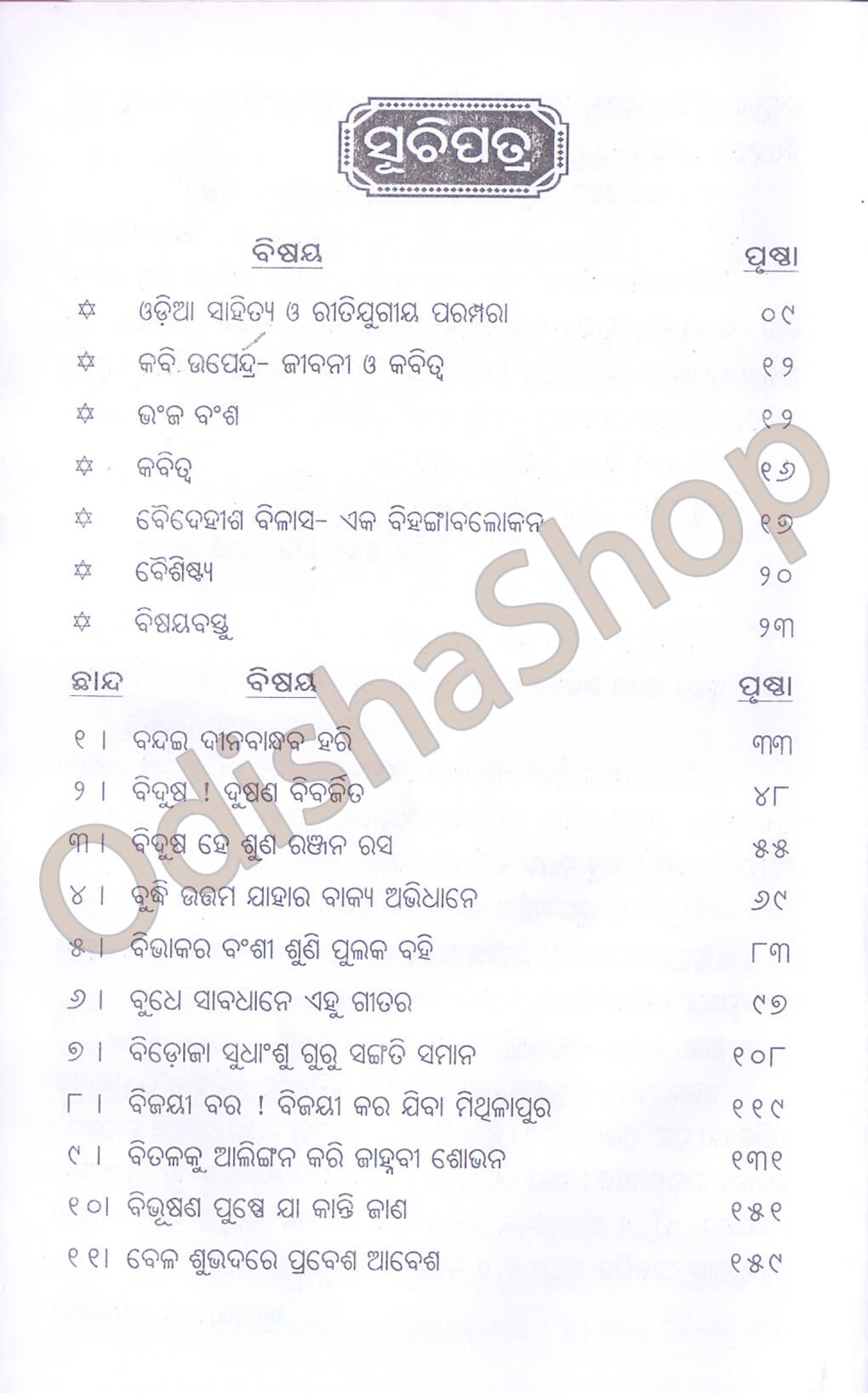
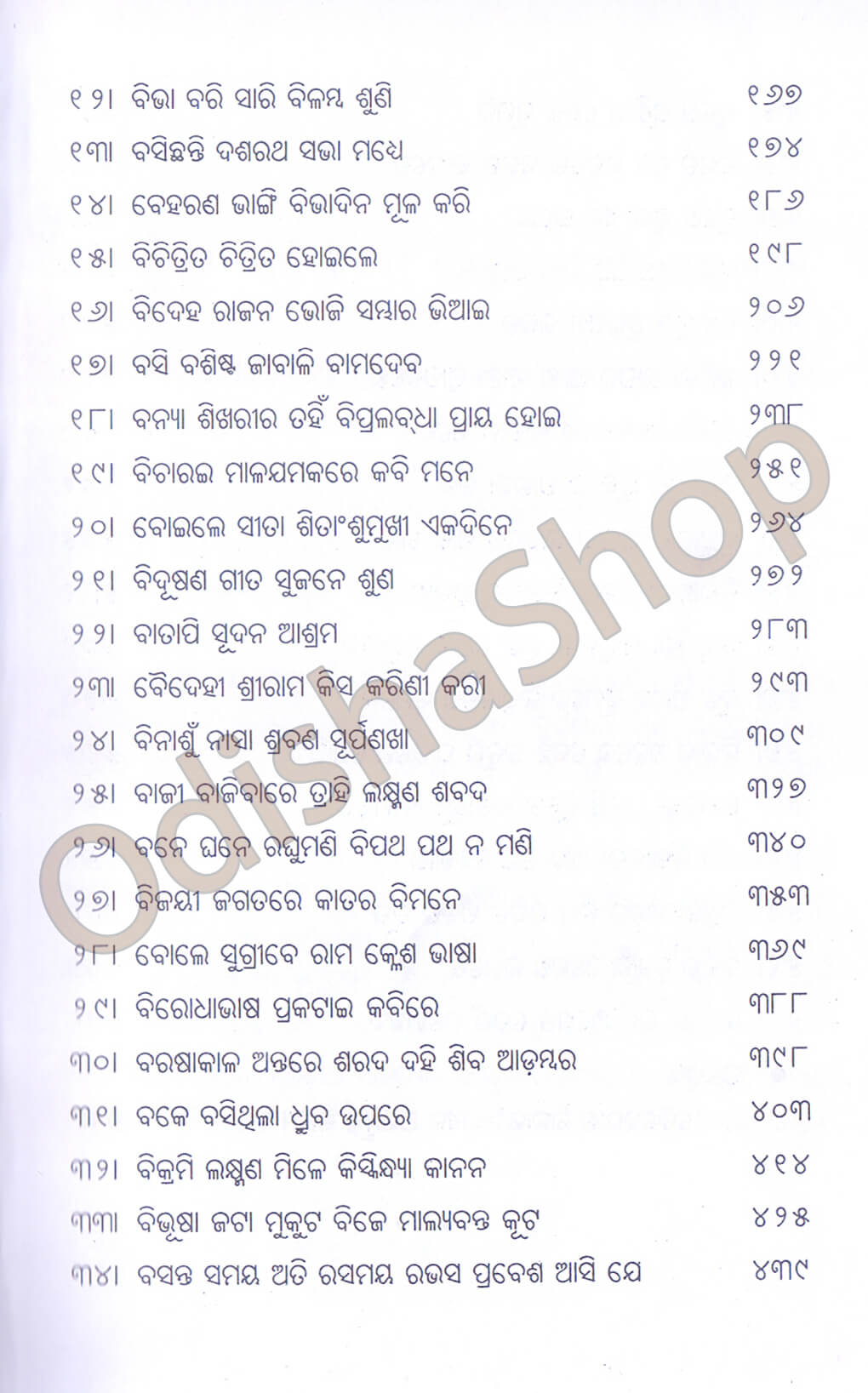
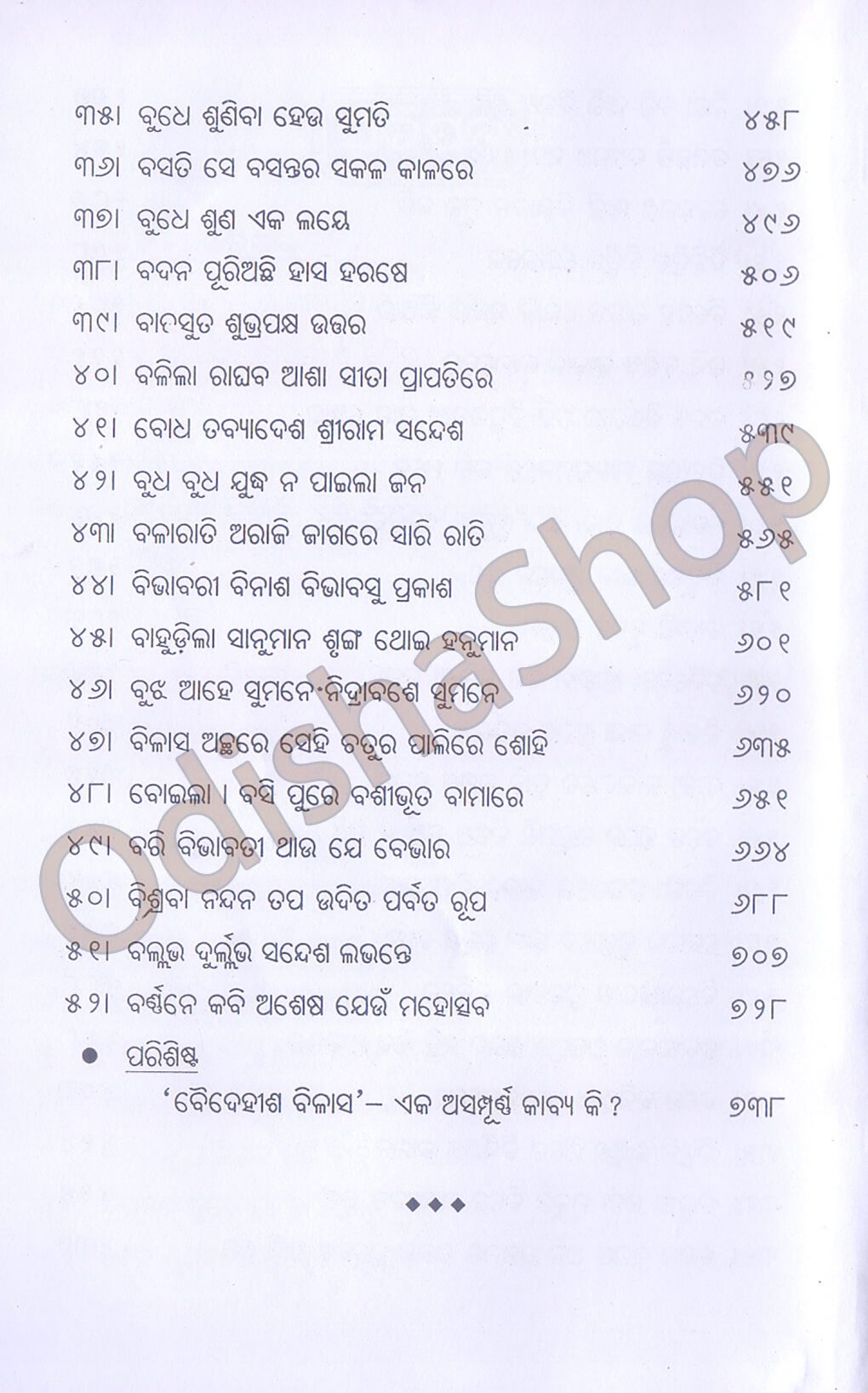
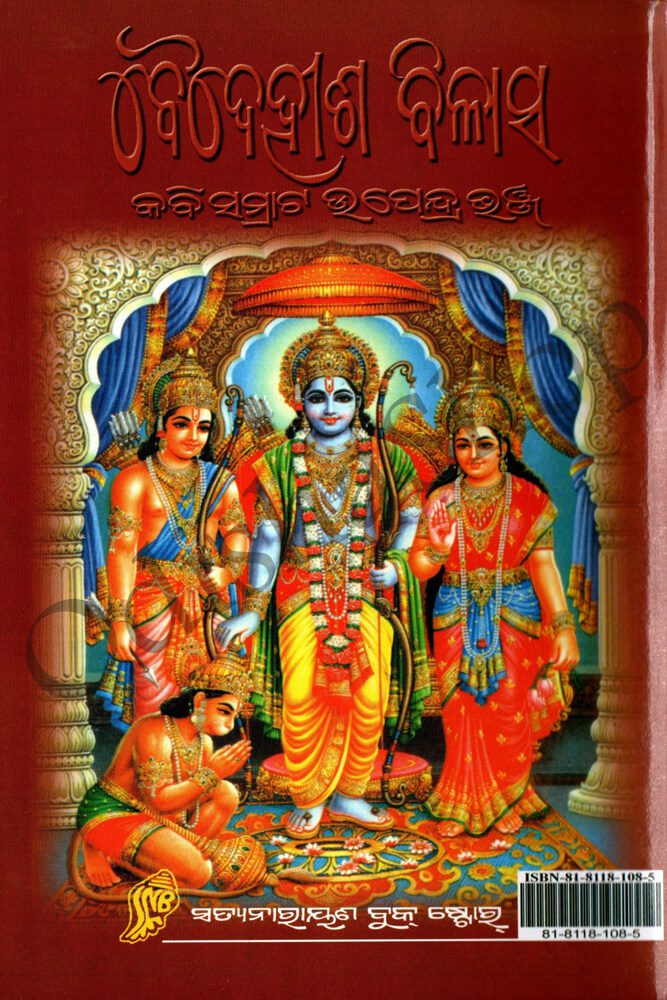
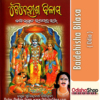
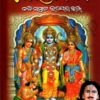

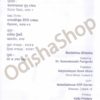
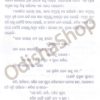
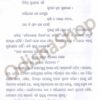
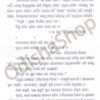
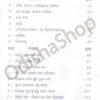
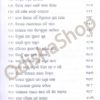
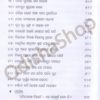
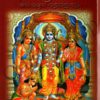
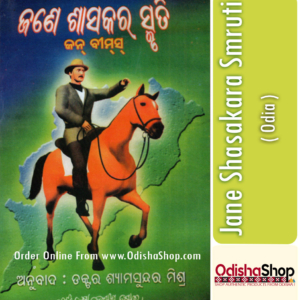
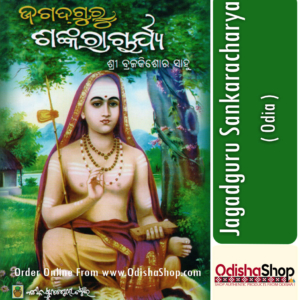
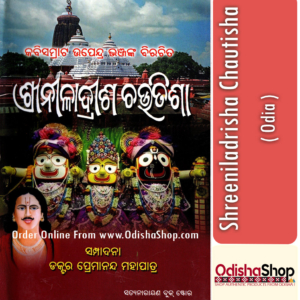
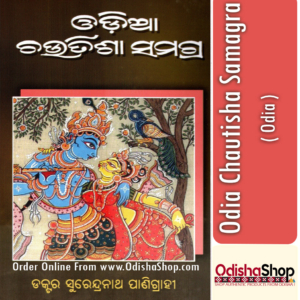
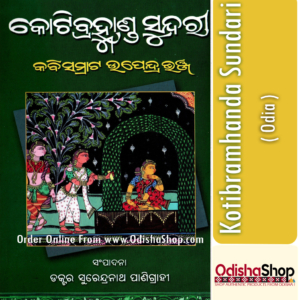
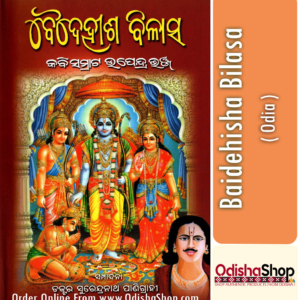
Ramesh –
This is an epic. Dr. Panigrahi also has done great job in this book